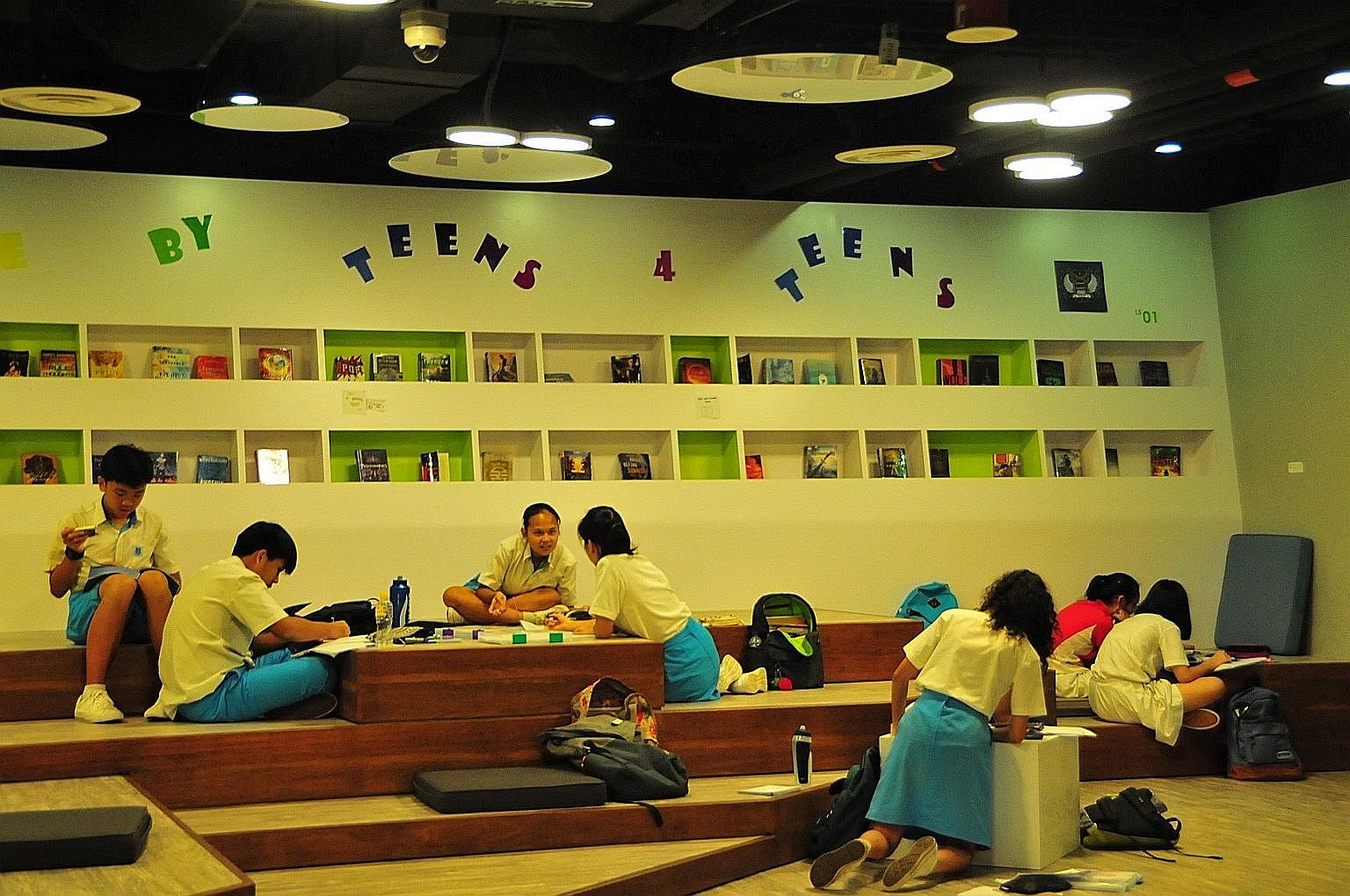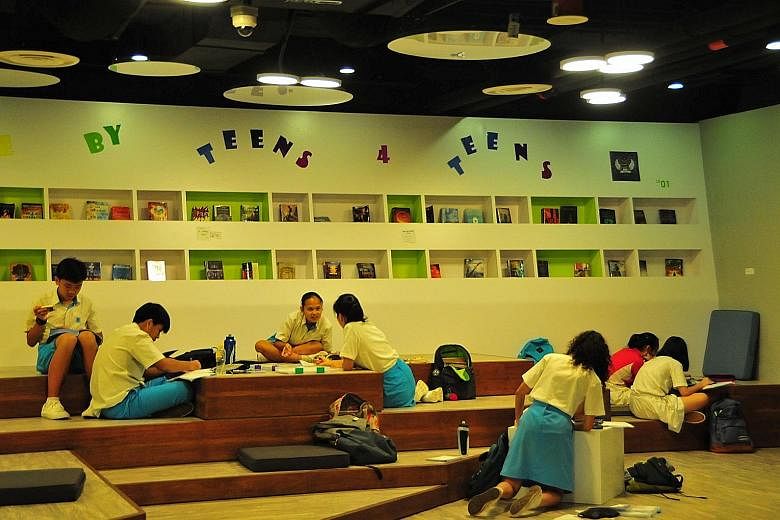Singapore was designated a Unesco Creative City of Design in December last year and the newly launched Design 2025 Masterplan aims to make design a part of everyday living and working. Even as we grapple with how to make our education system more effective, less stressful and more equitable, I would like to suggest the use of design thinking to help educators come up with better solutions to pressing educational issues at the ground and national levels.
Although the term "design" may often be associated with artistic activity (for example, in the realm of fashion or furniture design), it can be more broadly viewed as engaging in activities to translate ideas into blueprints that would improve the quality of life. The Design Thinking toolkit by global design firm Ideo provides a set of steps (discovery, interpretation, ideation, experimentation and evolution) for educators to bring about meaningful changes to curricula, spaces, processes and tools or systems to improve the lives and learning of students and educators. Ideo's clients range from the Bill and Melinda Gates Foundation to Singapore's Ministry of Manpower.
I draw on my current work on reading and school libraries to illustrate how design can play a central role in encouraging more inspiring and productive learning.
First, design puts the user at the centre. Although students are the end users of schools and the education system, more often than not, school buildings and curricula are designed for industrial-style, efficient education rather than student-centric education. But listening to students as end users of schools and the education system might help us see how to move away from cookie-cutter methods of school building and instruction to customise education for each school.
When I wanted to find out why students did not make much use of the school library, despite it being a place commonly associated with reading, I turned to observations at the library and talked to the students so as to understand their perspectives as end users. That helped me to understand their need for comfortable spaces in school and that the school library was not one of those spaces.
The design of the school library did not encourage readers to sit and read and the lacklustre book displays did little to encourage students to pick up books. While the school made efforts to renew its library collection, students were often unaware of the new books. The fact that the space was used for lessons, meetings and detention signalled that it was not a dedicated space for student reading and learning. Unfortunately, this is the norm rather than the exception in many Singapore secondary schools.

Next, design thinking requires thinking out of the box and looking beyond disciplinary boundaries. The recent revamp of Pasir Ris Public Library at White Sands exemplifies how rethinking the library as a space for teenagers transformed its physical design and programmes. Taking the cue from the retail sector, the library has its books displayed front-facing to inspire teens to take them from the shelves and the shelves are aligned to consumer heights to allow library users to reach all books. A doodle wall facilitates collaborative discussions, a mezzanine space legitimises "hanging out" and cosy corners allow quiet reading. Marketing principles applied to library design help make reading "cool" and permission to be (somewhat) noisy makes the library a more "homely" place for teens. Today, a teenage team organises programmes that appeal to other teens.
Not all library redesign projects require major renovation. In a brainstorming session with a teacher from a neighbourhood school about how to encourage reading, we realised that the placement of more armchairs around the library was a simple way to encourage students to linger and read. Strangely enough, most school libraries possess only one sofa set, usually placed beside the magazines section. By creating more comfortable reading nooks, we increase the likelihood of students sitting down to read.
Finally, design is not for design's sake. Good design is functional and must meet the needs of the community and individuals. When it comes to education, design must meet the curriculum and pedagogical expectations of each school. Rather than implementing piecemeal programmes or organisation of space, asking an essential question that gets at the heart of the learning aim helps to frame the design. For example, how can we encourage students to be self-motivated and independent readers? Reading research demonstrates that it is engaged reading, rather than just reading, that correlates to academic achievement and contributes to lifelong learning. So generating ideas for how to cultivate self-motivated and independent readers is more precise than just trying to think about how to improve reading. The ideas generated and applied would differ in each school context, depending on its student profile.
Asking the right question is one key to good design. Hopefully, we can learn to ask better questions and use design to translate the ideas we generate into meaningful blueprints for learning.
•The writer is assistant professor in the English Language and Literature Academic Group at the National Institute of Education.

